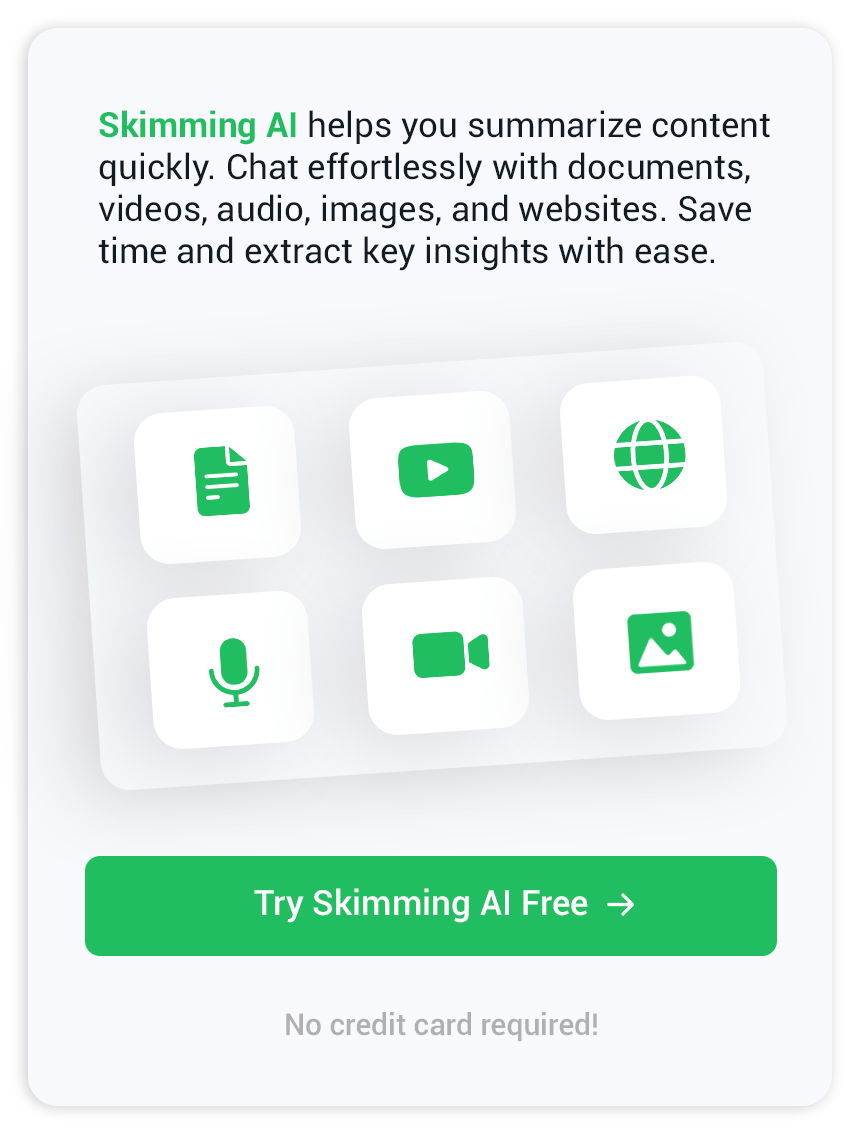Speech to text – convert audio effortlessly with fast results
The science behind speech to text
Speech to text has become so natural in daily life that many of us barely think about what actually happens when we dictate a message or ask a voice assistant a question. The journey from spoken word to written text is intricate, layered, and involves a fascinating blend of acoustics, algorithms, and language understanding.
Starting with a voice
Whenever you speak into a device, the microphone captures your sounds as waves. These waves are converted into a digital format made up of numbers so that computers can work with them. This kickstarts the heart of speech to text technology, transforming something as human as a voice into something machines can understand.
Breaking down the sounds
Once your words are in digital form, advanced mathematical techniques get to work. The system analyzes the sounds and separates them into tiny fractions, each called a frame. Every frame might last just a few milliseconds, but within it are traces of consonants, vowels, pauses, and emotion. These traces carry the features of your speech, and the system pulls out information about pitch, tone, and changes in volume.
The role of language models
The next step is a bit like detective work. The system compares these extracted features against a library of known sounds, known as phonemes, and tries to figure out which ones match. Then, it looks for the best possible combination of words that matches those sounds, using a language model. The language model has been trained on massive amounts of written and spoken data, so it “guesses” which words make the most sense given the sequence of sounds it heard.
Adapting to accents and noisy environments
Speech to text systems have become much better at handling everyday challenges. If you have a strong accent, speak quickly, or there is background noise, modern systems do not usually give up. They combine acoustic data with knowledge about grammar and context, picking the most likely words based on both sound and how people usually speak. This same technology helps when working with audio files, allowing for transcriptions of interviews, podcasts, or meetings even if they include multiple speakers or unpredictable environments.
The power of context and continuous learning
Many systems now use additional layers of artificial intelligence to learn from corrections and new ways of speaking. For example, if a user often uses technical terms, names, or phrases, the system can improve over time, making each future transcription a bit more accurate.
If you are exploring more ways to make information from spoken sources searchable, there are also tools that can help with summarizing text from a variety of media, such as YouTube clips or podcasts. This brings the benefits of speech to text into applications you might not have considered yet. For those curious about how machines bridge the gap between what we say and what we read, the process behind speech to text reveals a complex but elegant dance between science and everyday language.

